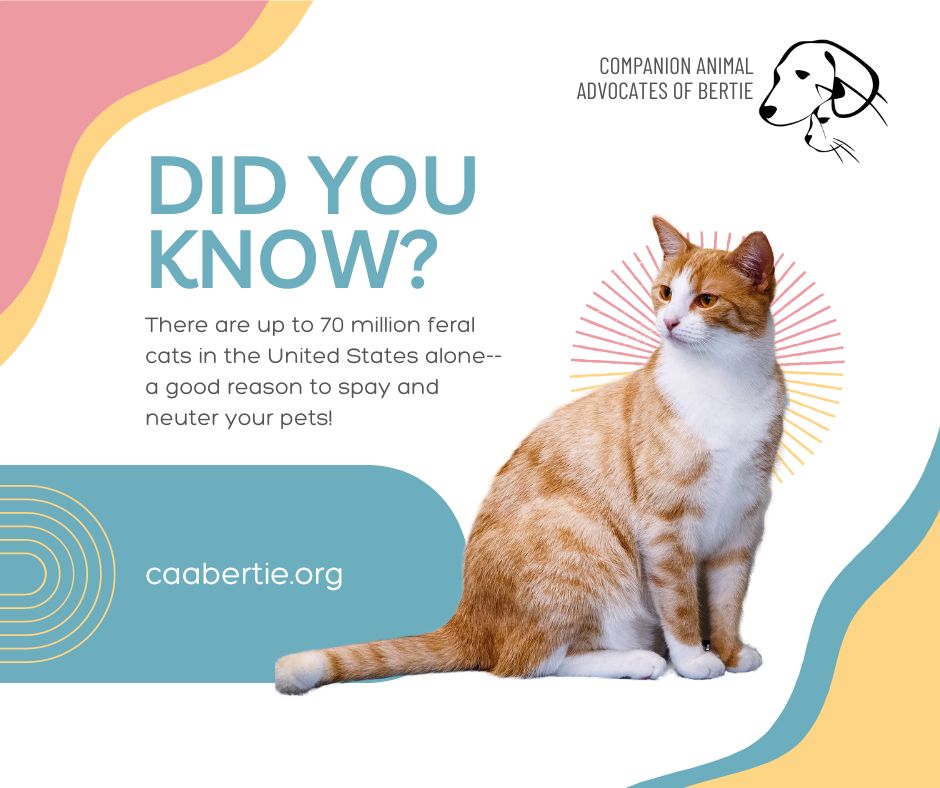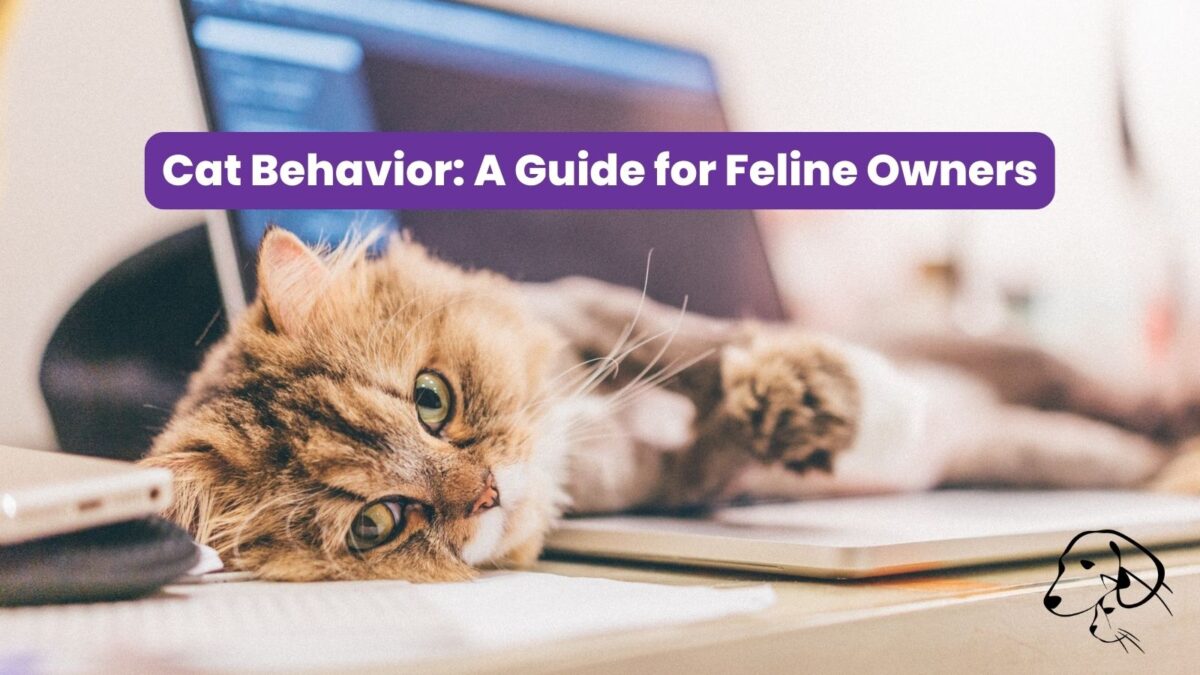Cats are fascinating creatures with complex and unique behaviors. They are often tricky for pet owners to understand. However, learning about cat behavior can improve your relationship with your furry companion. It will also help you provide a safe and enriched environment for them.
Cats have lived with humans for thousands of years. However, their instincts and behaviors are still deeply rooted in their wild ancestors. Understanding cat behavior is essential for providing a safe and healthy home environment. Cats communicate with body language, vocalization, and scent, which can be difficult for humans to interpret. By learning about cat behavior, you can better understand your pet’s needs, emotions, and behaviors.
Basic Cat Behavior
Let’s start with a few basics every cat owner should know about their fur babies. Understanding how cats behave is key to a long, healthy life. The American Veterinary Medical Association shared pet behavior guidelines on their website, including the following heartbreaking information:
“Most dogs and cats relinquished to shelters, euthanized for behavioral problems, or abandoned are 1–3 yr old and in the midst of social maturity. Changes in pet behavior are potentially life-threatening, yet many of the problems emerging during that time can be addressed with simple intervention.”
Dr. Karen Overall, DVM, American Animal Hospital Association
The nature of cats
Cats are solitary animals that have evolved to be independent hunters. They are territorial creatures that mark their territory with scent and protect it fiercely. However, while cats may appear aloof or uninterested in humans, they still need love and attention from their owners.
Understanding cat body language
Cats communicate through body language, and understanding their signals is crucial for interpreting their behavior. Among the most common body language signals are ear position, tail position, and posture.
Cat vocalization and what they mean
Cats use vocalization to communicate their needs and emotions. Meowing is the most common vocalization. However, cats also make sounds like hissing, growling, and purring.
Understanding cat play behavior
Play is an essential part of a cat’s life, and it helps them to develop its physical and mental abilities. Playing with your cat can also strengthen your bond with them.

Social Behavior in Cats
Cats use various communication methods to interact, including vocalization, body language, and scent marking.
The importance of socialization for cats
Socialization is teaching cats how to interact with other animals and humans. Proper socialization can help prevent behavior problems later in life.
Understanding cat hierarchy
Cats are social creatures with a complex social hierarchy that can be difficult for humans to understand. In multi-cat households, understanding this hierarchy is essential for managing their interactions.
Within a group of cats, one cat will typically establish itself as the alpha or dominant cat. Other cats in the group will then establish their position within the hierarchy based on their interactions with the alpha cat and each other.
Dominance behaviors, such as hissing or growling, can indicate a struggle for hierarchy. When two cats struggle to establish dominance, they may engage in aggressive behavior, such as fighting or chasing each other. Monitoring these interactions closely and intervening to prevent injuries and maintain a peaceful household is essential. Providing multiple resources, such as food bowls and litter boxes, can also help reduce competition and minimize aggressive behavior.
The role of scent in cat social behavior
Scent is essential to cat communication and is vital to their social behavior. Your feline friends have an incredibly keen sense of smell and use scent to mark their territory and communicate with other cats. They have scent glands on various parts of their body, including their paws, cheeks, and tail, which they use to leave their scent on objects in their environment.
Cats use their scent markings to communicate information about themselves to other cats, such as age, sex, and reproductive status. Scent marking can also indicate a cat’s territorial boundaries, helping to prevent conflicts with other cats. When a cat encounters another cat’s scent marking, it will often sniff and rub against it to gather information about the other cat.
Aggressive Behavior in Cats
Cats have an unfair reputation for fighting. While they can fight, many do not. If your cat displays aggression, these might be some causes and solutions to consider.
The reasons behind cat aggression
Cats can exhibit aggressive behavior for various reasons, including fear, stress, and territorial disputes. Understanding the underlying cause of aggression is essential for managing it.
Types of cat aggression
Cat aggression can manifest in various ways, including play, territorial, and redirected aggression.
How to prevent and manage cat aggression
Preventing cat aggression involves identifying and removing potential triggers. Managing cat aggression can involve behavioral modification, medication, or other methods.
Common Behavior Problems in Cats
These behaviors can both frustrate and perplex humans. While a basic understanding can help you determine what your cat needs, it’s best to seek advice from a vet to rule out medical problems if these behaviors persist.
Litter box problems
Litter box problems are common in cats and can arise from many factors, including litter box location, litter type, and medical issues.

Scratching behavior
Scratching is a natural behavior for cats. Cats engage in scratching behavior to mark their territory, stretch their muscles, and maintain the condition of their claws.
But it can also be destructive if not managed. Providing your cat with appropriate scratching surfaces and training them to use them can help prevent damage to furniture and other household items.
Biting and chewing behavior
Biting and chewing behavior can harm both cats and humans. Cats may bite or chew out of fear, playfulness, or aggression. Addressing the underlying cause and providing appropriate outlets for play and exercise can help reduce these behaviors.
Excessive meowing
Excessive meowing can be a sign of stress, anxiety, or boredom. Providing your cat with mental and physical stimulation, such as interactive toys or puzzle feeders, can help reduce excessive meowing.
Understanding Cat Emotions
Despite their bad reputation for aloofness, cats have emotions.
The emotional lives of cats
Cats experience many emotions, including happiness, fear, anxiety, and stress. Recognizing and responding to your cat’s emotional state can help build a stronger bond between you and your pet.
Identifying cat stress and anxiety
Stress and anxiety can manifest in cats through various physical and behavioral symptoms, including hiding, excessive grooming, and inappropriate elimination.
How to reduce stress in cats
Reducing cat stress involves identifying and removing potential triggers, providing a safe and secure environment, and providing mental and physical stimulation.
Cat Training and Enrichment Activities
These activities can help engage your cat’s brain, increasing positive outcomes. They take some time and patience–consistency brings results.
The benefits of cat training and enrichment
Training and enrichment can strengthen the bond between you and your cat, provide mental and physical stimulation, and prevent behavior problems.
Positive reinforcement training for cats
Positive reinforcement training involves rewarding desired behaviors with treats or praise. It can teach cats various behaviors, including coming when called and using a scratching post.
Enrichment activities for cats
Enrichment activities can provide mental and physical stimulation for cats, including puzzle feeders, interactive toys, and cat trees.

The Takeaway: Cats Are Complex Creatures With Lots of Love to Give Once You Understand Them
Understanding cat behavior is essential for providing your pet with a safe and healthy home environment. By recognizing your cat’s needs, emotions, and behaviors, you can build a stronger bond with your furry companion and prevent behavior problems. So whether you are a new cat owner or a seasoned pet parent, learning about cat behavior benefits you and your pet.
If you are a pet owner wanting to know more about dog or cat behavior, please follow CAABertie on Facebook–we share the most information there!
